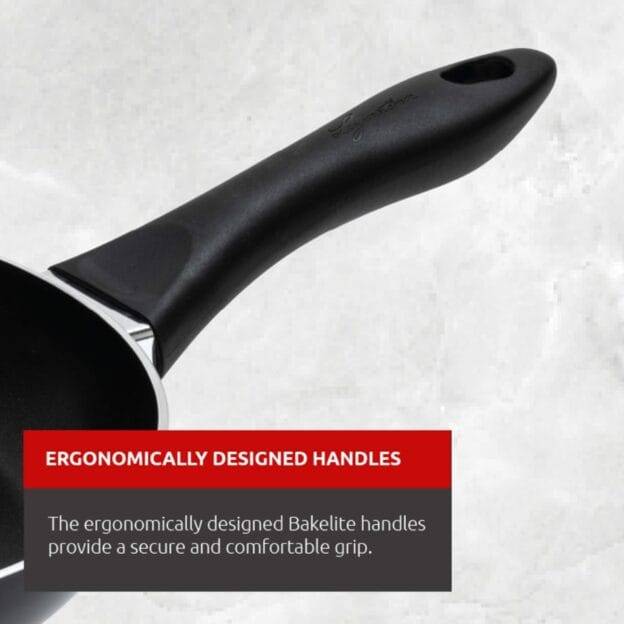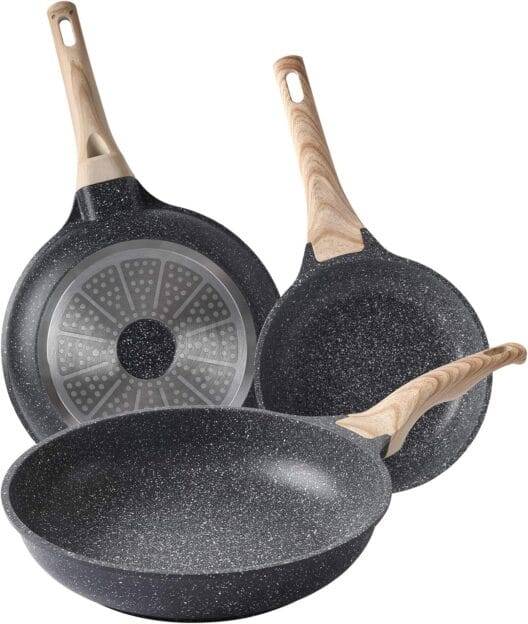Choose: Non-Stick vs Stainless Steel Fry Pans
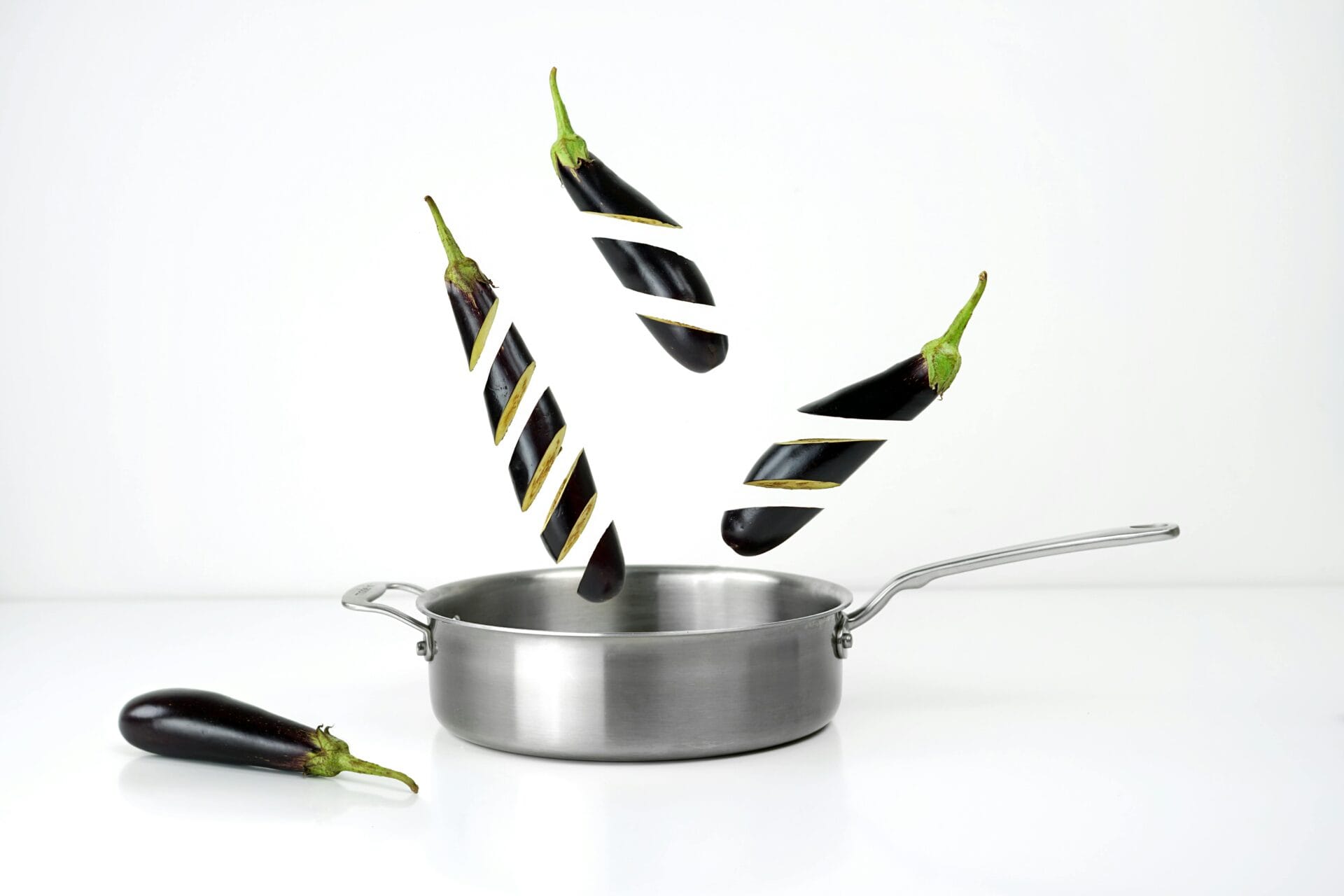
Have you ever found yourself standing in the kitchen, staring at two beautiful frying pans and wondering which one to choose? The choice between non-stick and stainless steel frying pans can be quite puzzling, especially with all the options available. Both have their unique advantages and disadvantages, and understanding these differences can make your cooking experience much smoother. Let’s take a closer look!

Understanding Non-stick Frying Pans
Non-stick frying pans have gained immense popularity for their ease of use and convenient cooking experience. If you’re someone who appreciates a quick cleanup after a delicious meal, these pans might appeal to you.
What Are Non-stick Frying Pans?
Non-stick frying pans are coated with a special material that prevents food from sticking during cooking. The most common non-stick material is Teflon, but there are other options available as well, such as ceramic and silicone coatings. These coatings allow you to cook with less oil or butter, leading to healthier meals overall.
Benefits of Non-stick Frying Pans
- Easy Cleanup: One of the biggest perks of non-stick pans is how easy they are to clean. Most food residues can be wiped away without much effort.
- Less Oil Needed: Since these pans prevent food from sticking, you can use less oil when cooking. This might not only be healthier but also more economical over time.
- Great for Delicate Foods: Non-stick pans are particularly useful for cooking delicate foods like eggs and pancakes, as they can cook evenly without breaking apart.
- Lightweight and User-Friendly: Non-stick frying pans are generally lighter than their stainless steel counterparts, which can make them easier to handle, especially for prolonged cooking sessions.
Downsides of Non-stick Frying Pans
- Durability Issues: Non-stick coatings can degrade over time, especially if you use metal utensils, high heat, or abrasive cleaners.
- Limited High-Heat Cooking: These pans often have a lower heat tolerance than stainless steel pans. Cooking at high temperatures can damage the coating and may even release harmful fumes.
- Not Suitable for All Cooking Techniques: If you love searing or browning your food, a non-stick frying pan may not give you the results you desire, as these pans do not create the same depth of flavor through cooking.
Getting Acquainted with Stainless Steel Frying Pans
Stainless steel frying pans, on the other hand, are like the sturdy workhorse of the kitchen. They hold their own when it comes to versatility and longevity, allowing for a range of cooking techniques.
What Are Stainless Steel Frying Pans?
Stainless steel pans are made from an alloy of iron, carbon, and chromium, which makes them resistant to rust and corrosion. They can withstand high temperatures and are perfect for tasks that require precise heat adjustments, such as sautéing, searing, and frying.
Benefits of Stainless Steel Frying Pans
- Durability: Stainless steel is built to last. If you take care of your pan, it could potentially last for decades with proper maintenance.
- Versatility: You can use stainless steel pans for a wide range of cooking techniques. Whether you want to sear meat, deglaze a sauce, or sauté vegetables, these pans can handle it all.
- High Heat Tolerance: Unlike non-stick pans, stainless steel frying pans can tolerate much higher heat. This is ideal for achieving a perfect sear on meats or creating a lovely crust on roasted vegetables.
- Nutritional Integrity: Cooking with stainless steel doesn’t involve chemicals that can leach into food, making it a safer option for long-term use.
Downsides of Stainless Steel Frying Pans
- Stick Factor: Stainless steel frying pans can be notorious for food sticking if you’re not careful. Proper preheating and the right amount of cooking fat can help mitigate this issue.
- Cleanup Effort: Cleaning can be more challenging than with non-stick pans, especially if food gets stuck on the surface. You may need to soak or scrub a bit more.
- Weight: Stainless steel pans can be heavier, which may deter some people, especially those who prefer lighter cookware.
Key Differences: Non-stick vs. Stainless Steel
Understanding the differences between non-stick and stainless steel frying pans can help you make informed decisions. Here’s a breakdown highlighting their main distinctions:
| Feature | Non-stick Frying Pans | Stainless Steel Frying Pans |
|---|---|---|
| Material | Coated with materials like Teflon | Made from stainless steel |
| Heat Tolerance | Lower heat tolerance (up to 500°F) | High heat tolerance (over 500°F) |
| Ease of Cleanup | Very easy to clean | Can require more scrubbing |
| Durability | Less durable; coatings can scratch | Highly durable with proper care |
| Cooking Techniques | Great for delicate foods | Versatile for all cooking techniques |
| Health Aspects | Concerns with coating over time | No chemical leaching; safe for long-term use |
| Cooking Fat | Requires less oil | Requires sufficient fat to reduce sticking |
When to Choose Non-stick Frying Pans
Now that you have a good understanding of non-stick frying pans, you might be wondering when they’re the best choice. Here are some scenarios when reaching for a non-stick pan would be beneficial:
Cooking Breakfast Foods
If you’re whipping up pancakes, eggs, or French toast, a non-stick frying pan is perfect for preventing delicate items from tearing or breaking apart. The easy cleanup makes it a total win for breakfast lovers.
Quick Meals
For busy days when you need to whip up a quick meal, non-stick pans can save you time. They heat up quickly, need less oil, and offer easier cleanup, allowing you to focus on enjoying your meal.
Low-fat Cooking
If you’re watching your oil intake or trying to cook healthier meals, non-stick pans can help you achieve the same great taste with less fat, making them a go-to for health-conscious cooks.
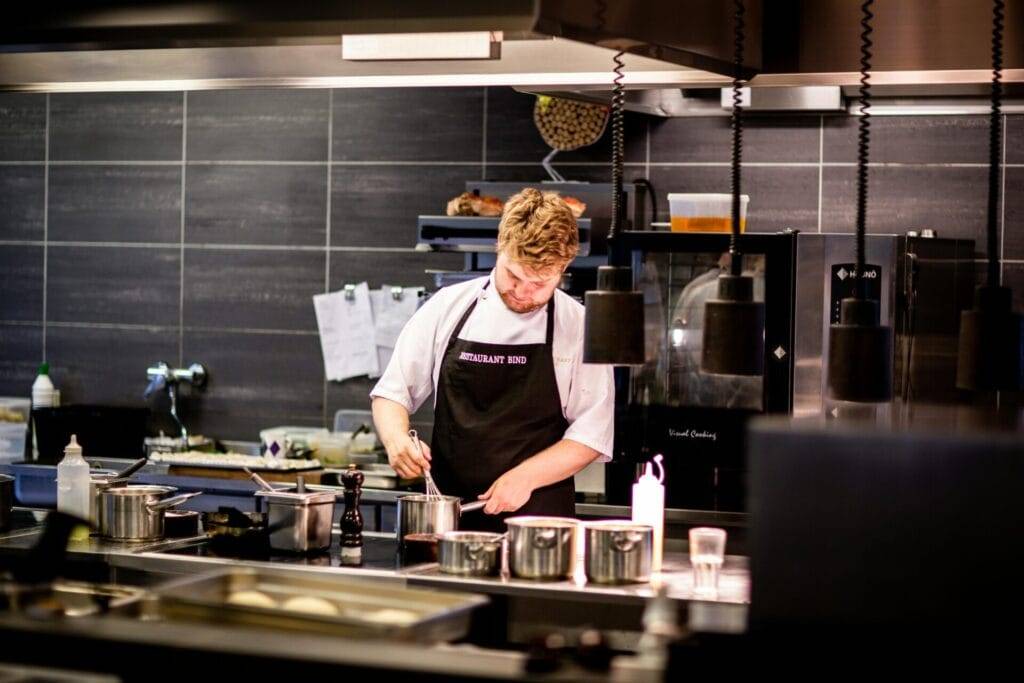
When to Choose Stainless Steel Frying Pans
Conversely, there are certainly instances where a stainless steel frying pan will get the job done more effectively. Here are times when opting for stainless steel might be your best bet:
Searing and Browning
When you want to develop a rich flavor through caramelization or browning, stainless steel is your friend. It allows for this enhanced depth of flavor, which is often absent when using non-stick cookware.
Cooking at High Temperatures
For dishes that require high heat – like stir-fries – stainless steel frying pans are often the preferred choice. They can handle the heat without the risk of damaging the surface.
Sauteing Vegetables and Proteins
If you enjoy a good sauté, stainless steel pans can give you beautiful, caramelized results, and they work well when deglazing to make sauces.
Maintenance Tips for Non-stick and Stainless Steel Frying Pans
Taking care of your cookware is essential for longevity and performance, so here are some maintenance tips to keep in mind depending on your choice of frying pan.
Caring for Non-stick Frying Pans
- Use Non-metal Utensils: Stick to wood, silicone, or plastic utensils to avoid scratching the non-stick surface.
- Avoid High Heat: Keep the heat moderate to prevent damaging the coating. Overheated pans can release harmful chemicals.
- Gentle Cleaning: Use a soft sponge or cloth with mild soap and water for cleaning. Avoid abrasive cleaners and scour pads.
Caring for Stainless Steel Frying Pans
- Preheat Properly: Before adding oil or food, allow the pan to heat up to achieve a non-stick effect.
- Cleaning: While stainless steel can endure harsher scrubbing, avoid steel wool, as it can scratch the surface. Instead, soak in warm water and use a non-abrasive cleaner for tough spots.
- Storing: Stack your pans carefully or use protective liners to prevent scratching when storing.
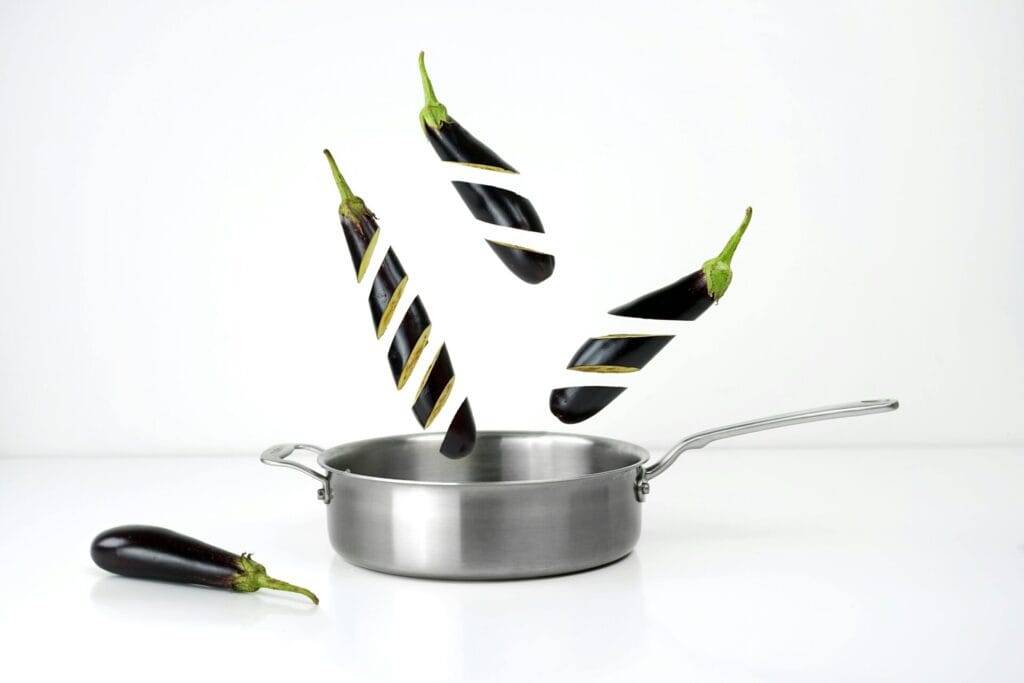
Making the Final Decision
Choosing between non-stick and stainless steel frying pans really depends on your cooking style and personal preferences. You might even find that having one of each in your kitchen gives you the most versatility, allowing you to cook a wider variety of dishes.
Factors to Consider
- Cooking Frequency: Do you cook every day, or are you someone who prefers to whip up meals occasionally? Frequent cooks may benefit from having both types in their kitchens.
- Types of Meals: Think about the types of meals you typically prepare. If you often make delicate items like eggs or pancakes, a non-stick might be necessary. For searing or sautéing, a stainless steel option is ideal.
- Health Considerations: If you’re concerned about health factors associated with non-stick coatings, stainless steel pans could fit better into your cooking routine.
Conclusion
In the culinary world, the decision between non-stick and stainless steel frying pans ultimately comes down to your needs and cooking habits. Each type of pan has its strengths and weaknesses, and understanding these can help you create delicious meals with ease.
By knowing when to use which pan, you can elevate your cooking experience, making it quicker, healthier, and ultimately more enjoyable. Remember, the right pan can make a significant difference in how you approach your time in the kitchen, so choose wisely!
Whether you lean towards non-stick for quick cooking and ease of use, or stainless steel for versatility and durability, you’ll surely enjoy all the delicious possibilities that come with either choice. Happy cooking!
